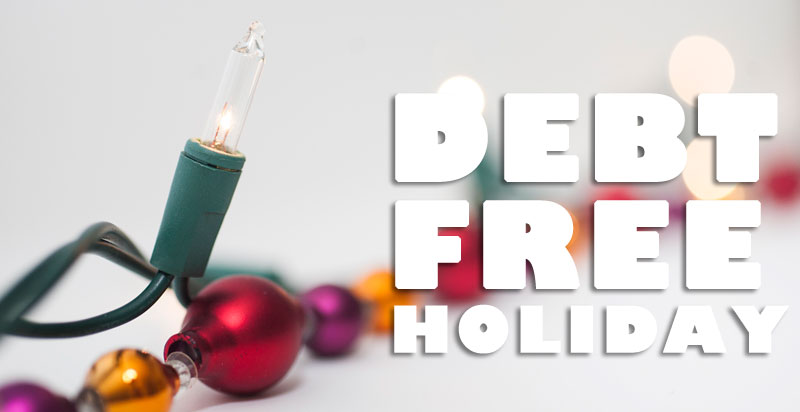If you are struggling to make all of your payments or are already unable to make your required monthly payments, Creditaid can help. Whether you need to rebuild your credit, undergo credit counselling, tackle your credit card debt, reassess your finances following a divorce or a move, or any other challenge that life brings – we’ve seen it all and we have a program that will suit your needs.
Reposted from the Winnipeg Free Press online edition February 16, 2016.
CALGARY – A new poll suggests nearly half of Canadians surveyed last month are within $200 per month of being unable to pay for their bills and make their debt payments.
The Ipsos Reid survey also found about one-quarter of the 1,582 people who responded to the poll were already unable to cover their bills and debt payments.
The online poll was done between Jan. 27 and Jan. 29 for MNP Debt, which provides licensed trustee services in six provinces, from Quebec to British Columbia.
MNP says the poll found that 31 per cent of respondents said any increase in interest rates could move them towards bankruptcy.
Ipsos Reid conducted the poll about a week after the Parliamentary Budget Office issued a report on Jan. 19 that said Canada has seen the largest increase in household debt relative to income of any G7 country since 2000.
The survey also followed Bank of Canada’s decision to keep a key lending rate at a historically low level of 0.5 per cent on Jan. 20, as the central bank lowered economic growth estimates for 2015 and 2016.
The polling industry’s professional body, the Marketing Research and Intelligence Association, says online surveys cannot be assigned a margin of error as they are not a random sample and therefore are not necessarily representative of the whole population.



